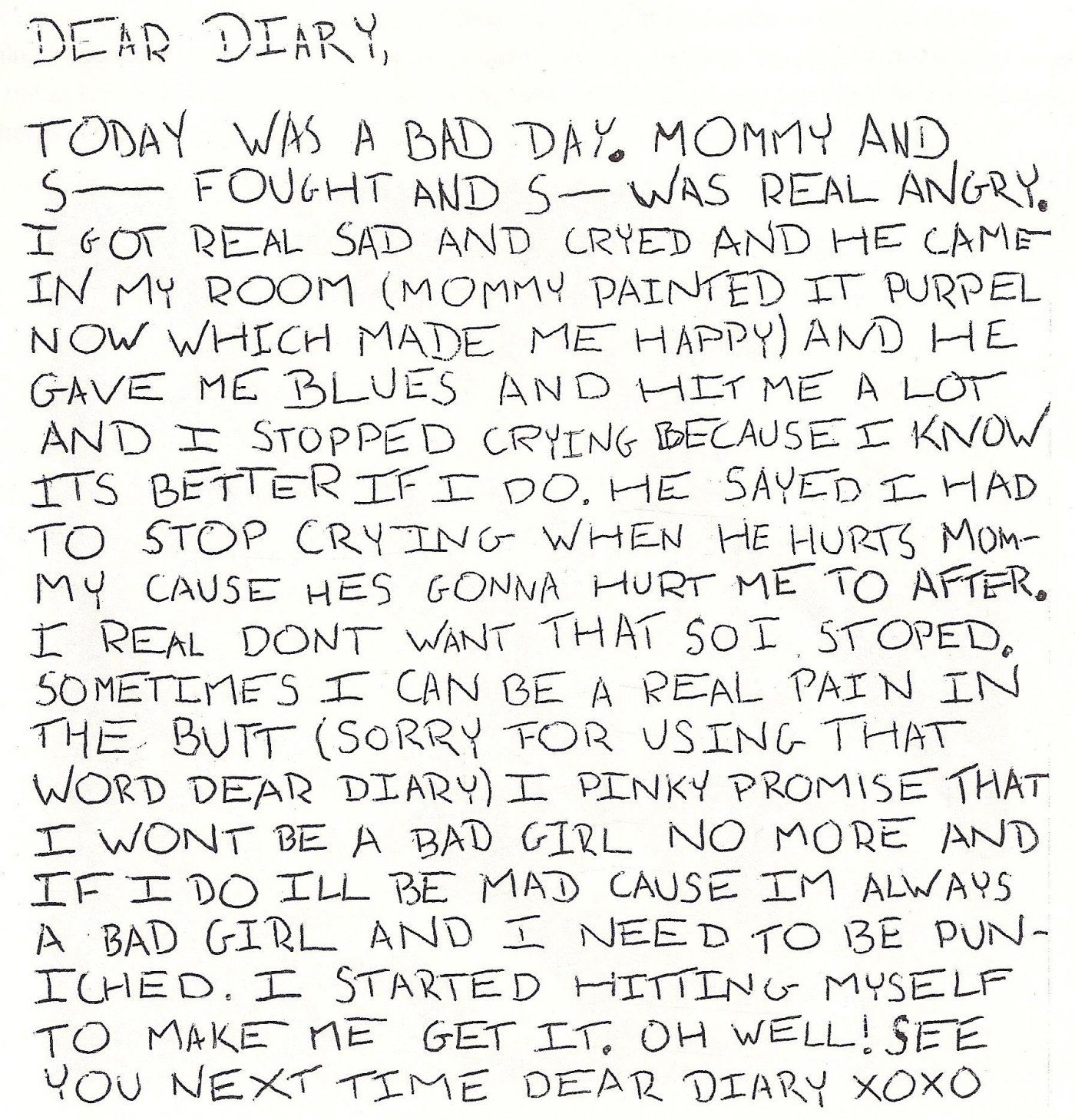Puppet Masters
I have always wondered how one can live with depression, but still appreciate life and its little miracles. This text demonstrates the collision between a broken, suicidal mind and a heart’s undying love for everything around it. It is difficult to imagine ecstasy within misery, but it is a possibility which I experience every day.
Eenie, meenie, miney, mo, I sing quietly as I point from my left hip to my right one. Catch a tiger by its toe. If he hollers, let it go. Eenie…Meenie…Miney…Mo.
Right hip. I reluctantly take out a small pocket knife my father gave me for Christmas two years ago. Wishing I didn’t have to resort to this, I begin carving my porcelain skin, just like young teenagers in love carve their initials into old trees, passionately and under the naïve impression that the world is unchanging.
I started hurting myself before I even knew what I was doing.

From the age of four, I was black and blue. If I wasn’t getting it, I was giving it to myself. I never saw anything wrong with that. Being young, you look up to your parents. You idolize them and imitate their every move. I was like any little girl with her mommy, always asking question and trying to understand and resemble her.
“Mom, why is it okay to get hurt?”
“I don’t know.”
“Mom, is that what love is?”
“I don’t know.”
“Mom, do you still love him?”
“I don’t know.”
“Mom, will he always hurt us?”
“I don’t know.”
“Mommy, should you hurt him, too?”
“I don’t know.”
“Mom, should we leave?”
“I don’t know.”
I inflicted pain upon myself to try to relate to my stoic mother, whose reasoning still escapes me. She didn’t know right from wrong, and I, not even knowing right from left, was even more confused. I would bang my head on walls and punch my little thighs to understand. I was still playing with dolls when I eased my way into self-destruction. Mutilation slowly became a source of comfort. It was like a heavy blanket, wrapping itself around all of me and weighing me down. It covered my eyes, ears, and mouth, suffocating my senses. The bloody blanket tucked me in at night and woke up next to me in the morning. I had always thought that the physical pain from carrying that “comfort” around was the worse part, but as I unwrapped the taut rope around my neck, I understood why Jean-Paul Sartre had stated that hell is everyone around you.
The typical noose-around-the-neck was my third attempt, and trying to commit suicide had become humiliating. What was I doing wrong? I conquered my fear of water the first attempt and the stitches on my wrist were proof of my second go at it. When people commit suicide, they are perceived as tragic heroes: victims of their own self. However, if you don’t succeed in your attempt, you are classified as mad. You either become a dysfunctional product of society, to be disposed of in an asylum, or a porcelain doll that must be kept in a seemingly perfect doll house coated in sugar and spice and everything nice.
The day my mother had to decide which of those two she had brought into the world and how she would deal with me from there on, she became a little girl, who loved to play pretend.
With me, her ex-husband had contributed to building a creature who was completely numb. I became emotionless and raw. People judged me, rather than helped me. I was a doll, but not in the sense that I needed to be handled with care. My entourage were puppet masters, controlling my every move with their words.
“Do it for me.”
“Look at how many people you’re hurting.”
“Can’t you think of others?”
I was always hurting others, although my intention was to harm myself. Being called selfish was becoming redundant. Everyone around me only cared about how this made THEM feel, which made getting better difficult for ME. Trying to reconstruct yourself is impossible when your strained puppet strings are being pulled in every direction.
However, I began to enjoy living in my beautiful dollhouse. While everyone tried to hide the disfigurement of the world with a veil of orchestrated beauty, I began to notice the undisturbed and unprovoked breathtaking imperfections around me. I became content with the things people could not change. The steadiness of my heartbeat. The way frozen air shapes your breath. A perfectly curled strand of hair. A friendly stranger. Cloudless days, rain, snowflakes. Imagination. Involuntary emotions, uncontrollable laughter. Love. Scars that heal. Forgiveness.

Comments
Catherine Duret
February 17, 2014One of the most beautiful things I have ever read. Thank you x
Aaron Clark-Ashe
February 26, 2014I truly admired this story. It’s a tragic story but a story that is also beautiful. In sense we are all porcelain dolls shaped to fit the norms of society. They do shun out people with depression rather than understand the life they endure every day. Rather than help they gloat and accept that it is not their problems, so they turn a blind eye. This was truly powerful story, especially adding your innocence and how it began to change because of the ugly circumstances of life.
You have to be registered and logged in in order to post comments!